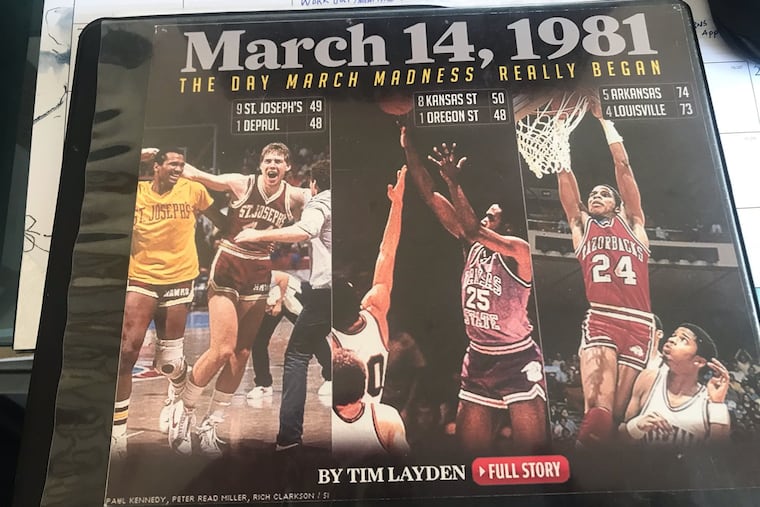The greatest play in St. Joe’s history helped inspire the term ‘March Madness’ 40 years ago | Mike Jensen
Without John Smith's famous winning shot, maybe the term March Madness does not exist today; a phrase was born that 1981 day to describe a string of crazy NCAA Tournament upsets.
